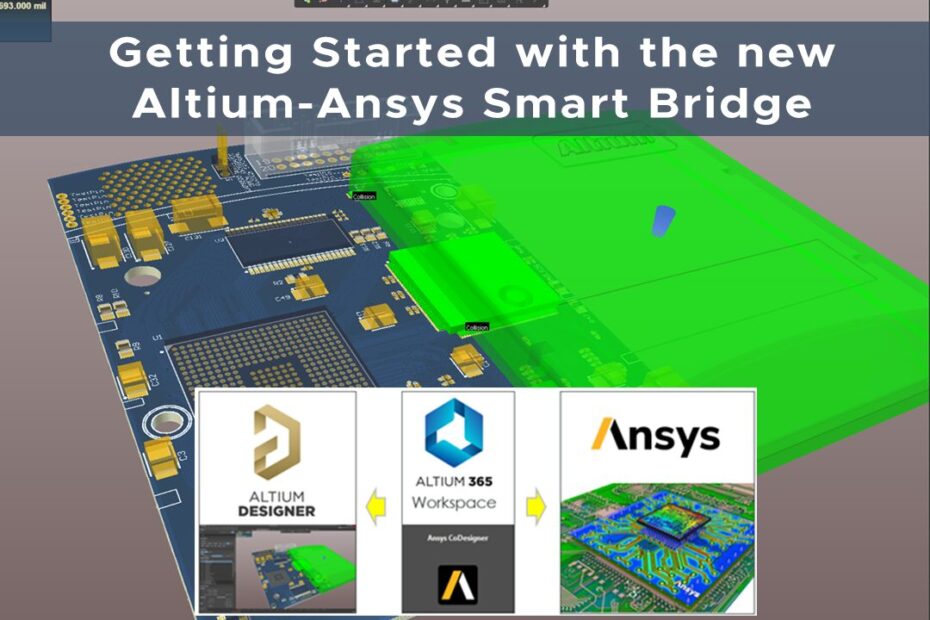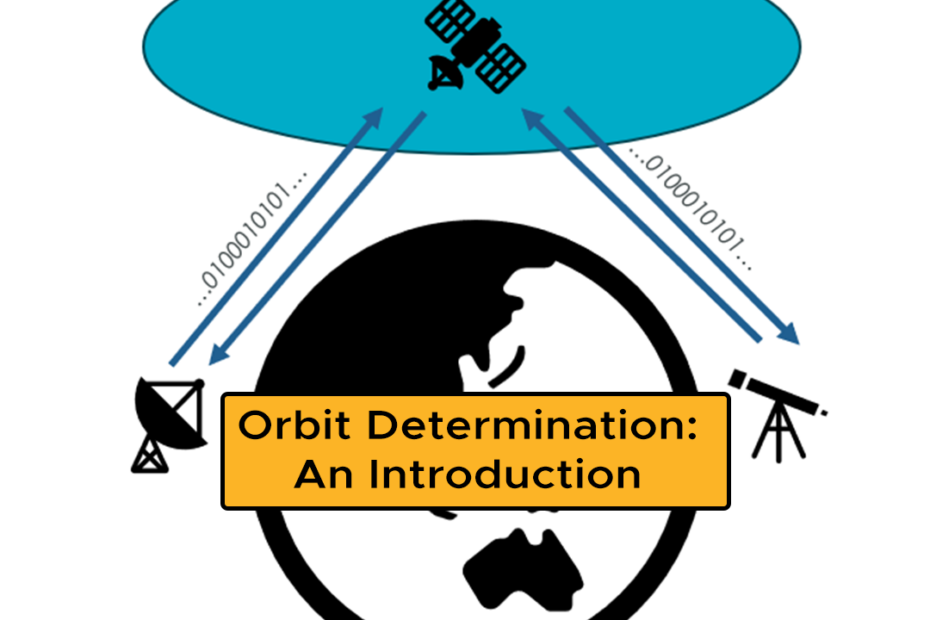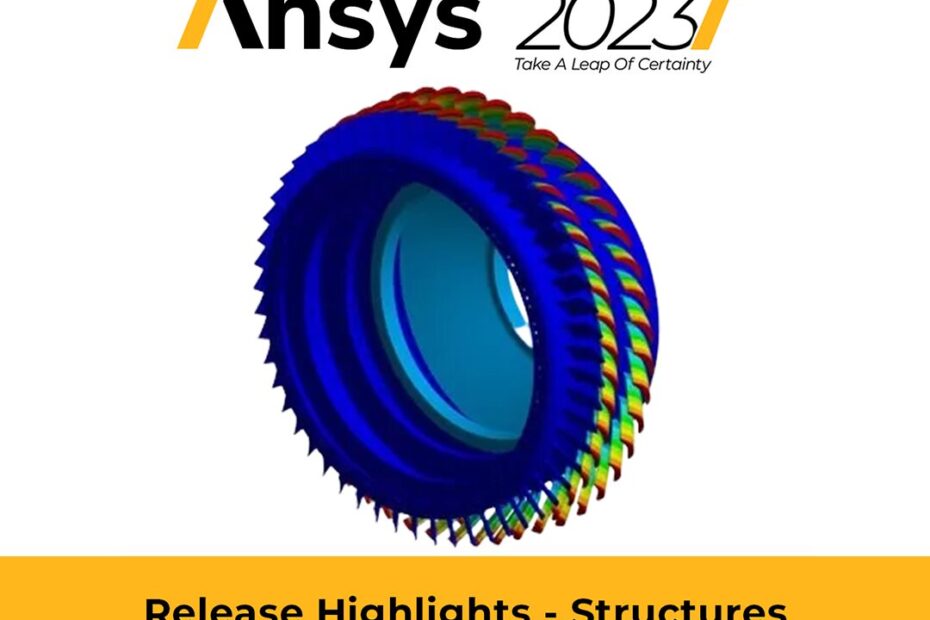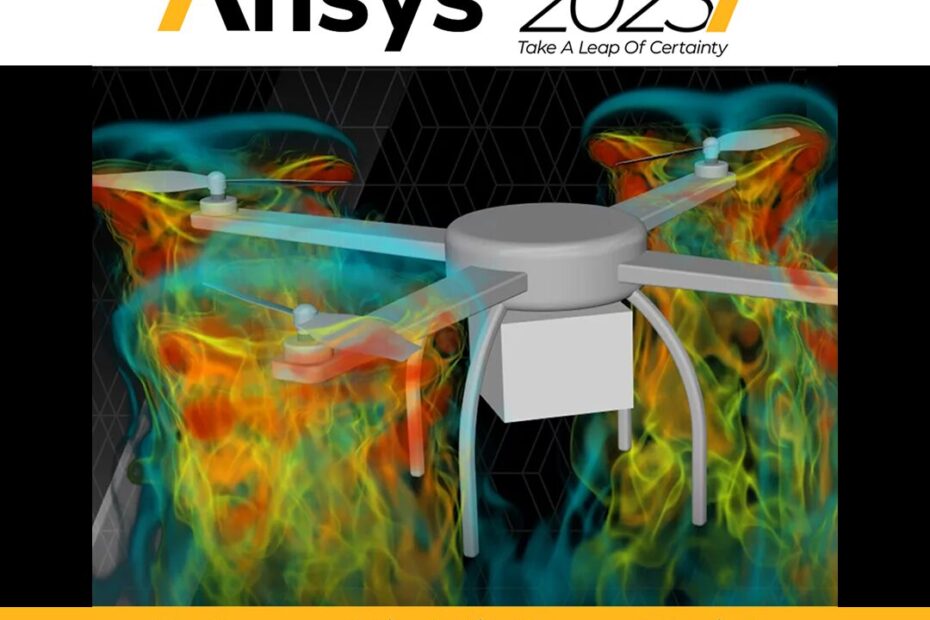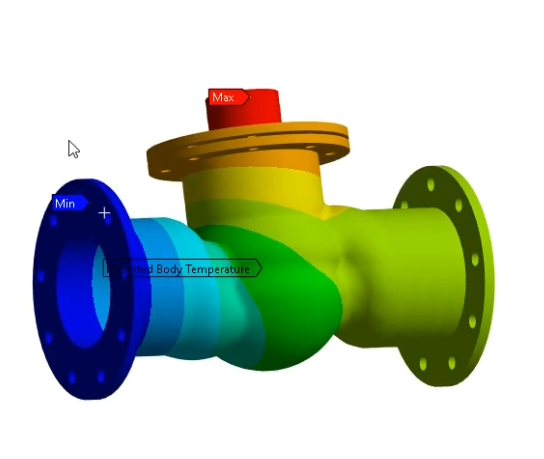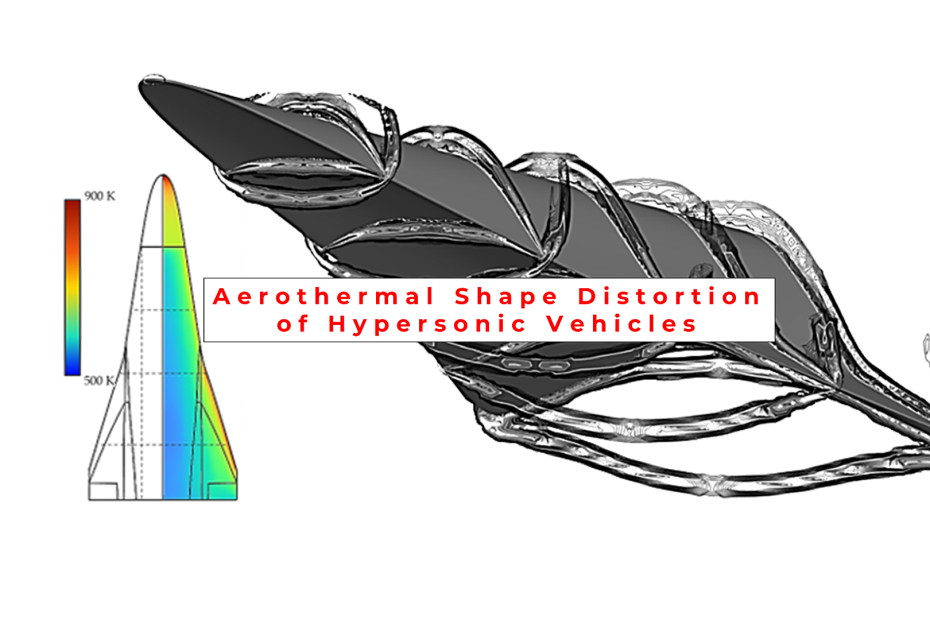Getting Started with the new Altium-Ansys Smart Bridge
We at Leap Australia have been supporting Altium Users for years when it comes to pre-compliance putting the PCB Designs under test. This can be a basic voltage drop analysis, a more advanced DDR5 analysis up to EMC investigations or the reliability of the board under MIL-STD-810G.
This new

